Lesson 8: Building Shadows and Depth on Canvas
Starting with the Deepest Shadows
Now, we’re finally putting paint to canvas! I begin with the foundational layer of deep shadows to establish areas of high contrast right away. This initial shadow layer doesn’t just add depth—it sets the stage for all the lighter layers to come. I’m using a 1:1 mixture of Alizarin Crimson and French Ultramarine rather than pure black, which gives the shadows a rich feel and keeps them from looking flat.
Embracing Shapes Over Detail
Rather than focusing on painting exact features, I begin by simply blocking out shapes. This method reduces the pressure to capture every detail early on, giving more flexibility as we build the painting. For the eye, for instance, I’m not aiming for a perfectly detailed eye yet—just a dark oval shape that serves as a placeholder. By thinking in shapes, you can approach complex areas in a more relaxed way, whether it's the eye or the nose.
Painting Thin To Thick
Starting with a thin layer allows me to add thick, lucious brushstrokes later. I’m adding just a touch of Turpenoid to thin my initial paint layer to make the application smooth and malleable. This approach is crucial when working Alla Prima; beginning with a thin application means there’s room to layer more paint on top without pushing around so much paint that it becomes unmanageable.
Watch my MasterDemo to learn more.
Don’t Forget The Big Shapes
Don’t get overwhelmed with the details to come as you begin painting - remember, we’re just painting big shapes right now. Squint at your reference to blur any extraneous details and pretend you’re creating a paint by number from the photo.
Painting is Drawing
Painting, at its core, is a form of drawing. While working on the initial sketch, I keep the focus on simplified shapes, and I trust myself to be able to add the details in with a brush at the end. This mindset creates a solid foundation and allows freedom to refine as I go along, rather than trying to get every line perfect from the start. This approach can also be a huge confidence boost, helping you create bolder, more expressive works.
Handling Tricky Anatomy
Looking at an area like the muzzle can be intimidating, but I think you know what I’m going to say here - it’s just shapes! Simplify this initial layer as much as you can, and know that we will return later to add all the complicated folds and wrinkles at a later stage.
Setting Yourself Up For Success
With this foundational shadow layer established, our painting is ready for the next steps. Starting with simple shapes and thin initial layers is what will enable you to add thick, distinctive brushwork later.
Watch my MasterDemo to learn more.







